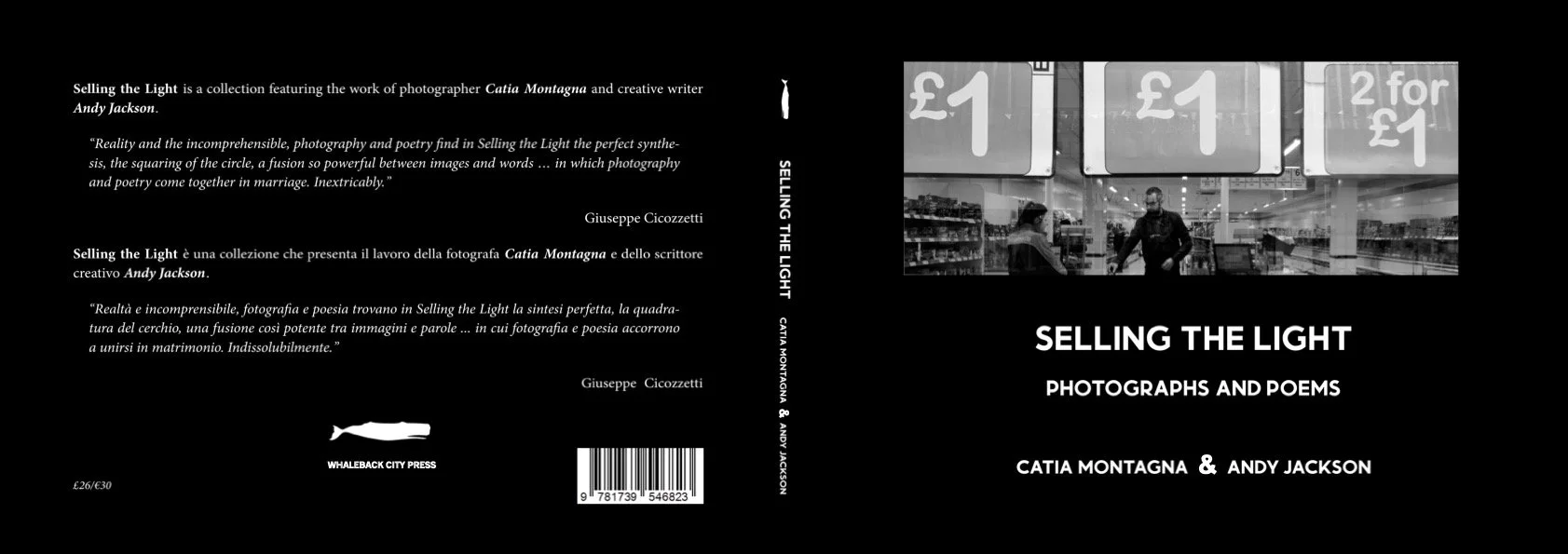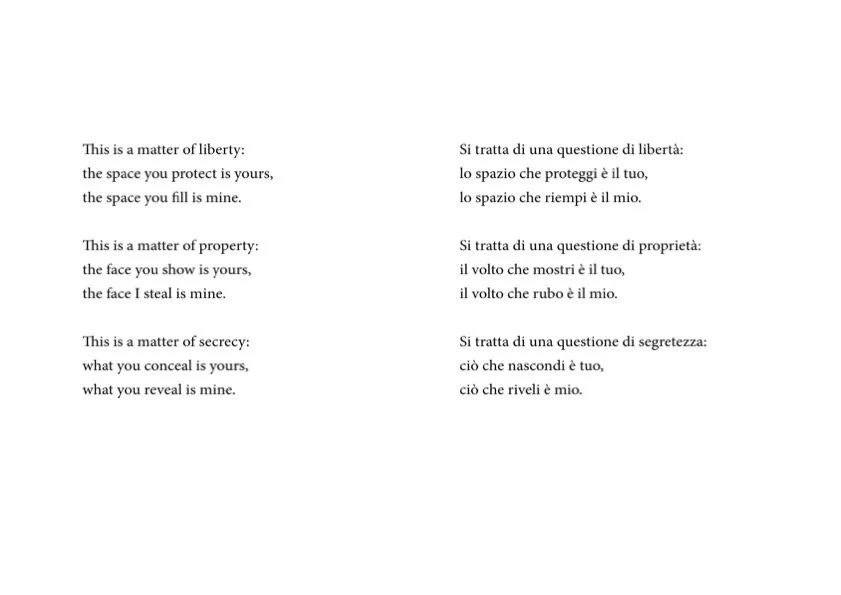Selling the Light
Did the poems come first, or did the images take shape? How did the poet and photographer weave their creative energies together? These are the intriguing questions that this book sparked within me. However, the introduction didn't clarify things, and I found myself surrounded by a haze of unanswered questions. In the end, I was convinced that the poems arose from the images, and Catia confirmed this to me. Ultimately, what lies before me is the splendid result of their collaboration.
This book offers a breathtaking visual and literary experience, where words and images dance together at an exhilarating pace, transcending the boundaries of traditional street photography. Catia's images possess a narrative depth that rivals that of a poem, with each photograph telling a story that resonates deeply. Conversely, Andy's poems evoke vivid snapshots, painting small scenes with enchanting clarity. In this symphony of sight and sound, the lines between poetry and photography blur, inviting readers to immerse themselves in a world that pulses with creativity and imagination.
When tested by light, image and word can combine their respective qualities, like mirrors of two different arts reflected in a single screen. Thus, the space suggested by Catia is completed, and her written version integrates seamlessly. Meanwhile, the photographer’s aim has extended to exploring streets and corners, locations in our country and others—Germany, England, Turkey—interesting for the captured gestures, fixed expressions, metropolitan panoramas, and more. At the end of this book-notebook of images and words, or words and images, there is the pleasure of having discovered fragments of life, which belong to a broader book—the book of life (photographic/literary).
Catia Montagna has a background in social sciences, which informs her approach to photography. She examines how people interact with their surroundings and how these interactions shape our activities and culture. This interest is one reason much of her work is considered street photography. However, her style is unconventional and reflects the neo-realism found in Italian cinema and the Italian photography tradition, with pioneers like Gianni Berengo Gardin. For Catia, as she herself is keen to point out, choosing a location to photograph is more than just taking a picture. She draws inspiration from the beauty of everyday details – like gestures, expressions, and emotions. These details, viewed in a specific context of time and place, highlight both personal struggles and universal human experiences. And none other than a poet can best help convey the emotions captured in her photos
Batsceba Hardy








